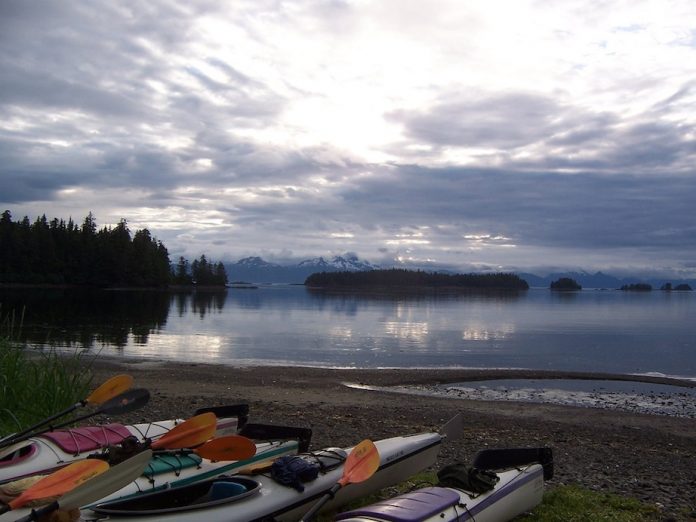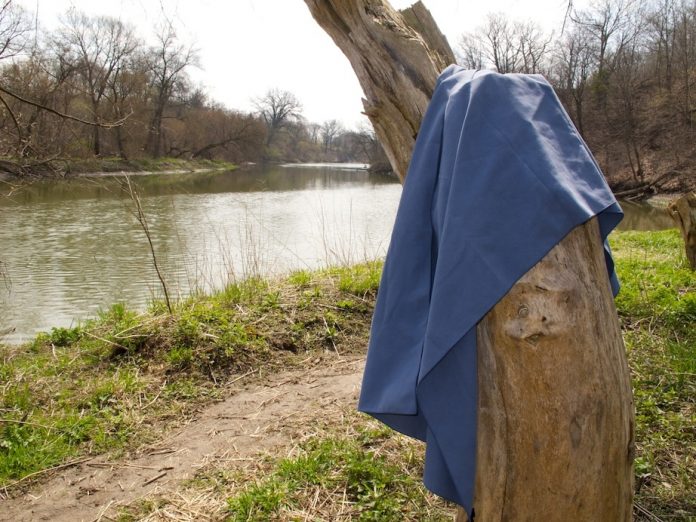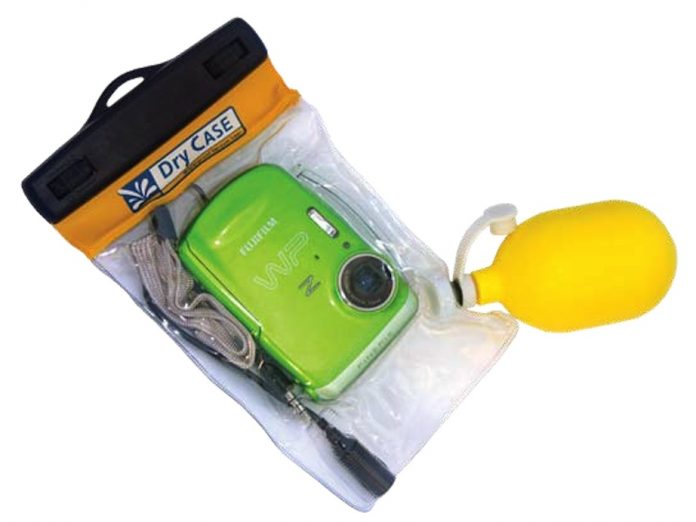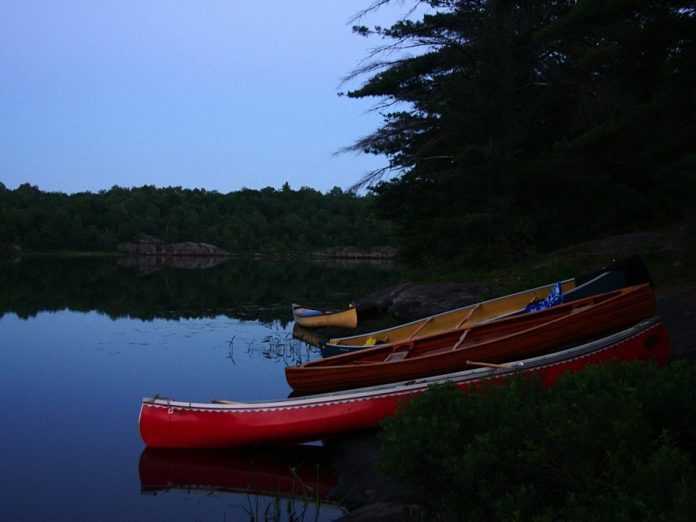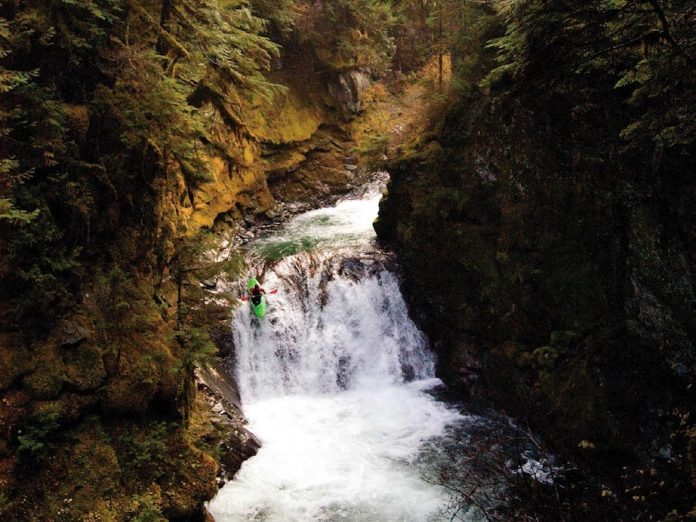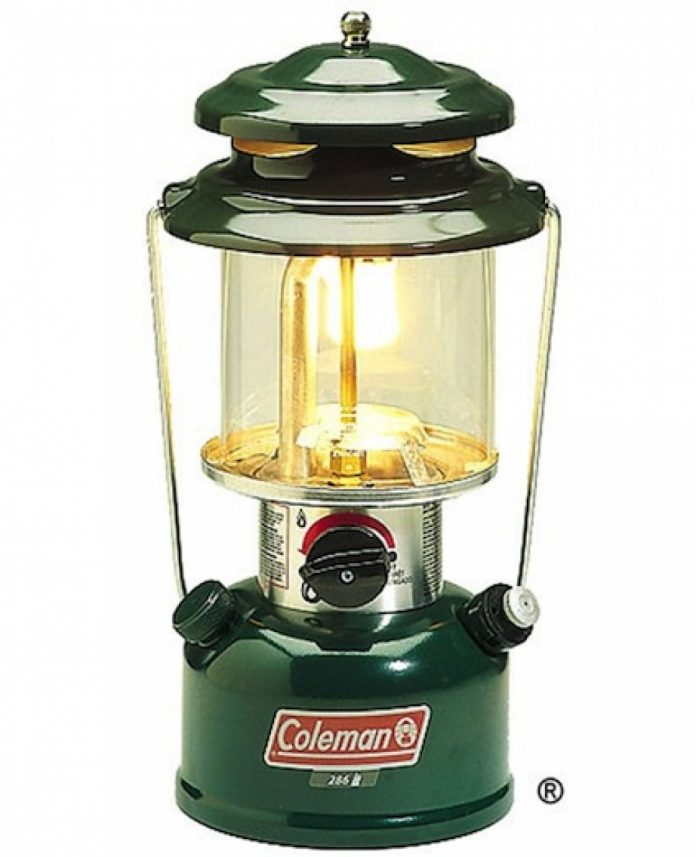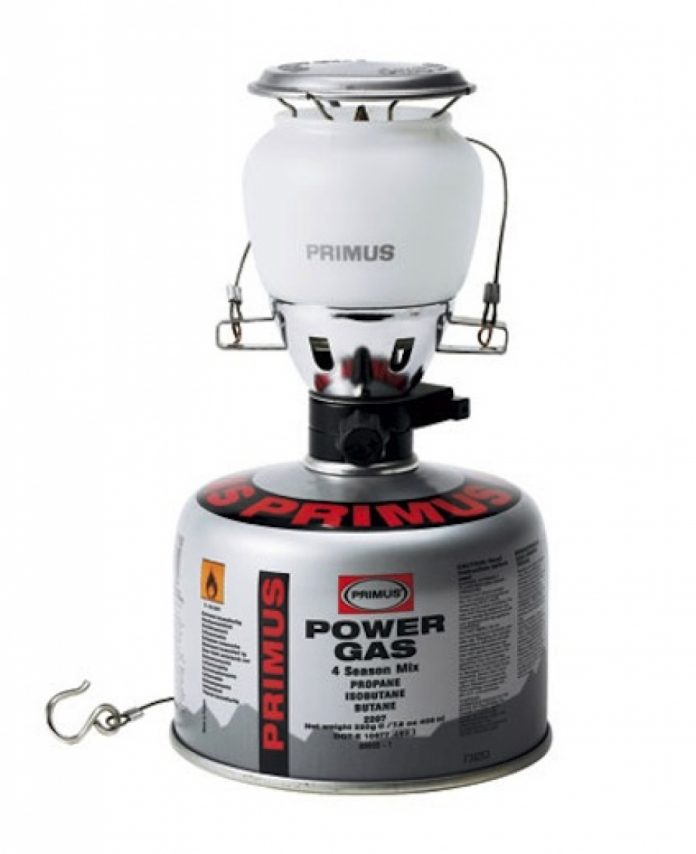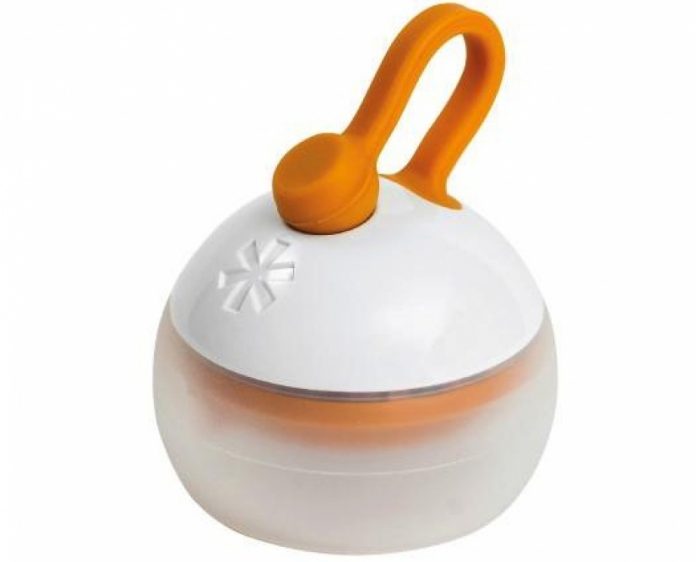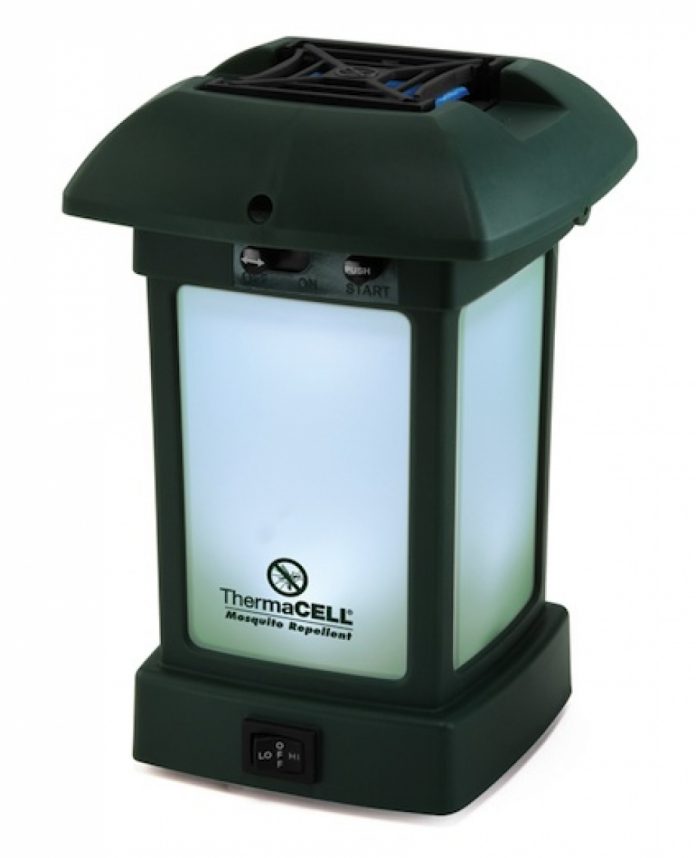In the heart of the Skeena Mountains, 15 hours north of Squamish and 145 kilometres east of Prince Rupert on the lonely Yellowhead Highway, Terrace is the commercial hub of northwestern British Columbia. The town was founded in 1905 by entrepreneur George Little, who happened upon the site while snowshoeing south from the Yukon on the Kitimat Trail. Subsequently a port for Skeena River paddlewheelers linking the interior with Prince Rupert fisheries, as well as a booming logging and mill town, Terrace has long attracted hardy outdoorsmen. While the steamboats, mill
and thriving economy are gone, the snowy peaks of the Hazelton and Kitimat Ranges, lush temperate rainforests and crystalline rivers remain. Today, quad-biking, hunting and an 11-month salmon fishing season are big draws for local roughnecks, but the town also attracts a few of the pedal-and-paddle adventure-seekers who flock to Squamish—the self-proclaimed “outdoor recreation capital of Canada.” So what is Terrace’s distinction over Squamish and other B.C. boating Shangri-Las? It’s home to the hardest of the hardcore—the local whitewater has been featured in TGR’s (Teton Gravity Research) kayaking films, and the town’s paddling scene includes world-class rippers like Corey Boux.
Whitewater Lowdown
Terrace can lay fair claim to the title Creeking Capital of the north. Massive snowmelt and lofty mountains create a plethora of creeks and falls—some classics, many still awaiting first descents. One such classic is Shames Creek—or “boulder garden on steroids” to the local paddlers—which originates up the valley in the frozen slopes of the local ski area and melts into six kilometres of amazing class IV-V whitewater.
Other wicked steeps just 10 minutes from town include Kleanza Creek, a tight class IV-V canyon run, and Williams Creek, home to an annual downriver race. Not just a creeking Mecca, terrace is also central to a fine selection of class II-IV river runs, ideal for decompressing after a gnarly day on the steeps. Try the easy Kitimat or the high volume Kalum, which hosts a near perfect wave at flood levels (both 30 minutes away). Butze rapids—tidal rapids that resemble a smaller version of the famous skookumchuck—provide year-round saltwater playboating near Prince Rupert (1hr. 45 min.).
Cross-training
Mountain Biking: rip four kilometres of singletrack steeps like Lucky Seven and Big Easy at Copper Mountain, then swap your downhill bike for a cross-country steed and sweat it out on the not-to-be-missed Terrace Mountain Loop. This 11⁄2-hour ride is a super smooth blend of climbs, technical rocks and roots that starts at the base of terrace Mountain.
Rock Climbing: Squamish’s granite crags may be better known, but terrace has
the same rock and none of the gumbies. Chalk up and head to Extew—a 5.8 mix of single-pitch trad and a seven-pitch bolted route—near the Onion Lake ski trails.
Skiing and Snowboarding: Terrace is home to some of the snowiest winters anywhere in North America. The Skeena Mountains boast heli-skiing in deep, dry powder, serviced locally by Northern Escapes Heli Skiing. Shames Mountain ski area (30 min) has 111 acres of glade skiing, 1,600 vertical feet (488 metres), 40 feet (12 metres) of annual snowfall and $42 lift tickets.
Grub, Pub and Hubbub
Big, bold and tasty burritos are the specialty at the Hot House, a great place for a quick feed after a day on the river. The Back Eddy Pub offers basic pub fare in the heart of town and is home to the world’s largest (stuffed) Chinook salmon at 92 pounds. Get your early morning, pre-paddle caffeine fix at one of Terrace’s several little cafés, two Tim Hortons, or even that West Coast staple, Starbucks. The Williams Creek downriver race in late June is a great place to hook up with local paddlers. For a river festival of a different sort, check out Riverboat Days, a weeklong celebration of Terrace’s steamboat heritage that features music, paintball tournaments, a 24-hour mountain bike race and much else.
This article originally appeared in Rapid magazine, Spring 2010. Download our free iPad/iPhone/iPod Touch App or Android App or read it here.



